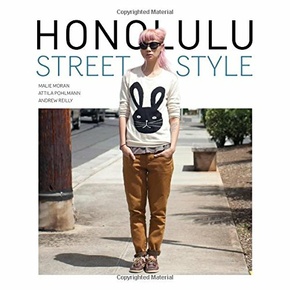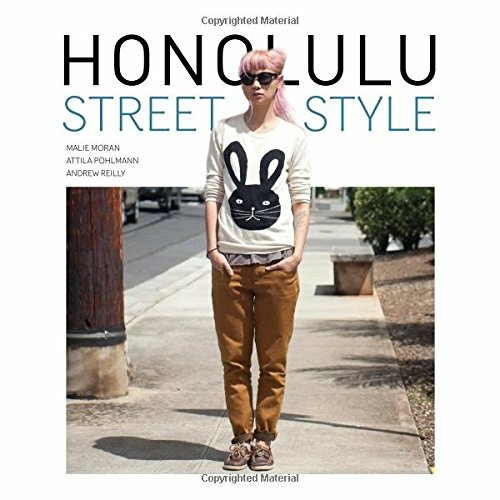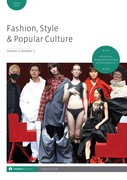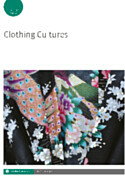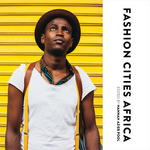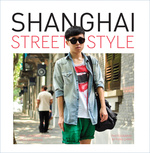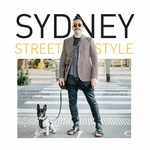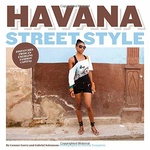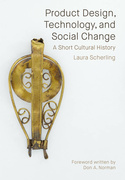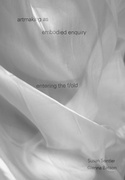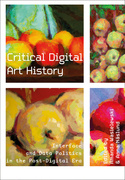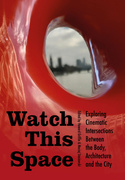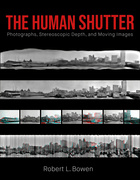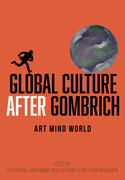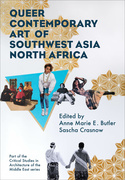Honolulu Street Style (Book)
Hawai’i is one of the most ethnically and racially diverse places in the world due to its central location in the Pacific. Situated at the crossroads of different cultures, Honolulu has a style all of its own. Honolulu Street Style captures this unique approach as it demonstrates how global trends are transformed by stylish Honolulu denizens to give them a unique, local look. Divided into chapters on hair, hats, accessories and beachwear, the book features the styles of people encountered on the street in many different neighbourhoods, with an essay on the history and clothing of Hawai’i as a whole.
The neighbourhood fashion explored includes that of iconic Waikiki, which conjures images most people associate with Hawai’i, yet the mass-produced tourist clothing belies a deeper fashion culture hidden in local enclaves and local boutiques that foster an upscale, casual style. Chinatown is a neighbourhood of dramatic colour and exotic touches, and it hosts 'First Friday' events that transform the neighbourhood into a crowded hub of artistic, musical and retail activity. As the photos show, the Kaka’ako neighbourhood draws a crowd that is hip, travelled and not afraid to venture off the beaten path. In contrast, the Manoa valley, home to the flagship campus of the University of Hawai’i, presents itself as an eclectic mix of students and professionals dressed in everything from boho chic to surfer, skater, avant-garde and casual professional style.
A highly visual book with full-colour street style photography, Honolulu Street Style will be a landmark publication in the study of place and style.
Edition
Hawai’i is one of the most ethnically and racially diverse places in the world due to its central location in the Pacific. Situated at the crossroads of different cultures, Honolulu has a style all of its own. Honolulu Street Style captures this unique approach as it demonstrates how global trends are transformed by stylish Honolulu denizens to give them a unique, local look. Divided into chapters on hair, hats, accessories and beachwear, the book features the styles of people encountered on the street in many different neighbourhoods, with an essay on the history and clothing of Hawai’i as a whole. The neighbourhood fashion explored includes that of iconic Waikiki, which conjures images most people associate with Hawai’i, yet the mass-produced tourist clothing belies a deeper fashion culture hidden in local enclaves and local boutiques that foster an upscale, casual style. Chinatown is a neighbourhood of dramatic colour and exotic touches, and it hosts 'First Friday' events that transform the neighbourhood into a crowded hub of artistic, musical and retail activity. As the photos show, the Kaka’ako neighbourhood draws a crowd that is hip, travelled and not afraid to venture off the beaten path. In contrast, the Manoa valley, home to the flagship campus of the University of Hawai’i, presents itself as an eclectic mix of students and professionals dressed in everything from boho chic to surfer, skater, avant-garde and casual professional style. A highly visual book with full-colour street style photography, Honolulu Street Style will be a landmark publication in the study of place and style.
Malie Moran is the founder of Hawaii RED Style, a website and production company focused on documenting and cultivating style leaders in the Hawaiian Islands.
Attila Pohlmann is currently pursuing a PhD in the marketing program at the Shidler College of Business at the University of Hawai'i.
Andrew Reilly is associate professor at the University of Hawai'i at Manoa.
Acknowledgements
Foreword
Honolulu Street Style
Head, Hair, Hats
Accessories
Beachwear
About the Authors
'The glory of the book is its ample gallery of photos in situ: a young woman poses in front of a storefront, two friends stand side-by-side in a parking lot, a man in an orange tank top reclines at an outdoor art studio. The point is to capture Honolulu fashions in their natural habitat.'

